Hi everyone, hope you had a fruitful recess week. We learnt about the current state of food production in Singapore last week. Keeping in mind that local food production is planned to meet only 30% of our nutritional demands, what are the strategies to ensure that the remaining 70% is secure?
The 30by30 plan is just one of three “food baskets” in Singapore’s food security strategy. Currently, “Diversify import sources” is the main way we maintain food security. SFA does this by certifying more supplier as safe for import while maintaining food safety standards. They also work with businesses in the industry to look for potential sources. Amidst the COVID 19 pandemic, Singapore has taken steps to ensure that food continues to reach Singapore. 12 countries including Singapore have signed the “Supply Chain Connectivity Agreements”, committing to keep the export of goods including food unimpeded.

Infomation collated from List of countries/regions approved to export raw and processed meat products, table eggs and processed eggs to Singapore (as at 10 Sep2020) retrieved https://www.sfa.gov.sg/docs/default-source/tools-and-resources/resources-for-businesses/approved-countries.pdf
It is interesting to note how varied our import sources for pork and poultry are. While the list is meant to be exhaustive, it seems to be missing Indonesia as an exporter of pork. Pulau Bulan, Indonesia has long been our sole source of fresh pork and it was just recently that pigs from Sarawak, Malaysia were allowed. I suspect this list omits live animals exported to Singapore for slaughter. I was surprised to learn that there is an abattoir in Singapore for this. Another unexpected absence is South Korea for beef. Upon further search, I realised that Korean marts selling cuts for KBBQs get their beef from Australia.
I am also surprised to see exporters of table eggs (unprocessed in shell form) being from as far away as Denmark. While it is great that we have a diverse range of exporters, I wonder how fresh the eggs can be once they reach Singapore and the carbon footprint involved for such a long journey.
It is reassuring to see that our food is imported from different regions around the world which would minimise the damage if a particular region had food production curtailed by environmental, political or health reasons.
While diversifying food sources helps to protect us from supply shocks affecting one exporter, it also plays a role in keeping prices stable.

This author definitely isn’t trying to use this as an opportunity to revise for the upcoming Econs Mid-terms. As BES is a multi-disciplinary programme, it may be useful to think about how the different modules are related.
In this example, we consider a situation where Thailand experiences drought and supply of Thai rice falls. Luckily, Singapore has alternatives to rice from Thailand. Knowing that the importer has many alternatives, exporters will be less willing to artificially inflate their prices. This keeps food prices more stable.
SFA also encourages farms to expand overseas via the ‘Grow Overseas’ strategy. This allows local firms to have space and labour unavailable in Singapore to innovate and develop better methods. It will also be easier to import from these overseas ventures. Singapore also cooperates with the other governments, such as through the Singapore-Sino Jilin Food Zone, ensuring that food is exported to Singapore.
What are your thoughts on our trading partners, did any surprise you? What do you think about the grow overseas strategy, should it be considered a separate food basket midway between “grow local” and “diversify import sources”? Let me know in the comments!
Cheers and all the best for your submissions and midterms,
See Toh Ee Kin
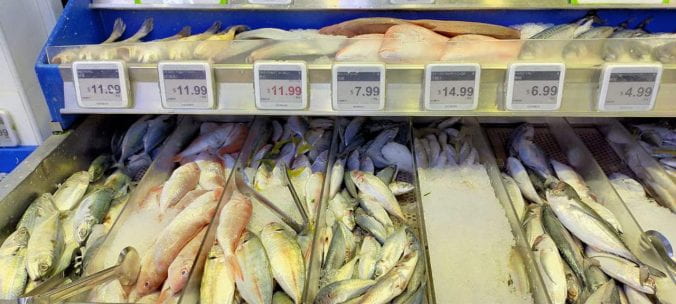
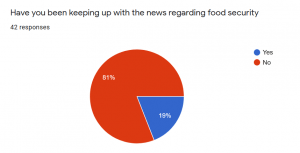


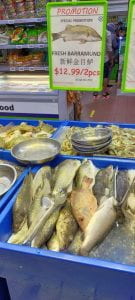
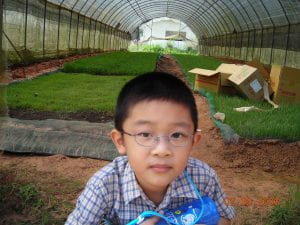
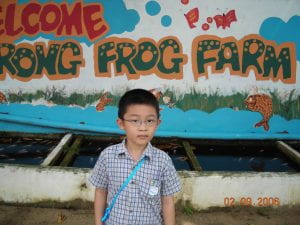
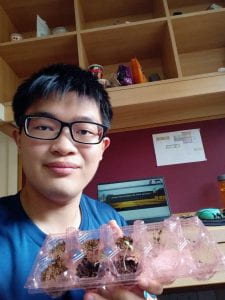
Recent Comments